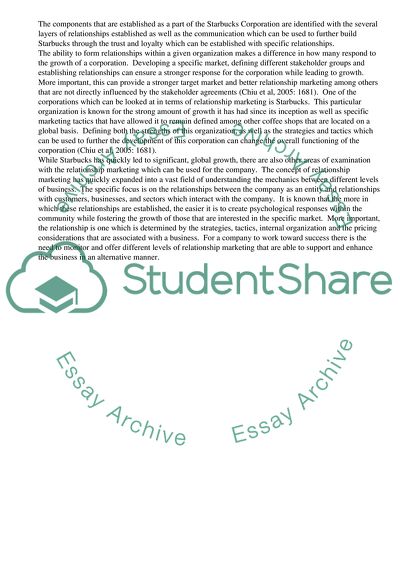Cite this document
(Relationship Management in Starbucks Corporation Research Proposal - 1, n.d.)
Relationship Management in Starbucks Corporation Research Proposal - 1. Retrieved from https://studentshare.org/management/1747658-relationship-marketing
Relationship Management in Starbucks Corporation Research Proposal - 1. Retrieved from https://studentshare.org/management/1747658-relationship-marketing
(Relationship Management in Starbucks Corporation Research Proposal - 1)
Relationship Management in Starbucks Corporation Research Proposal - 1. https://studentshare.org/management/1747658-relationship-marketing.
Relationship Management in Starbucks Corporation Research Proposal - 1. https://studentshare.org/management/1747658-relationship-marketing.
“Relationship Management in Starbucks Corporation Research Proposal - 1”, n.d. https://studentshare.org/management/1747658-relationship-marketing.


